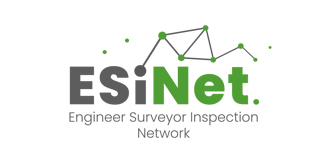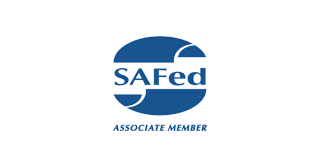The Pressure Systems Safety Regulations (PSSR) are essential for businesses that operate equipment containing pressurized gases or liquids. Designed to protect workers and the public, these regulations ensure that pressure systems are installed, maintained, and operated safely. Achieving compliance can seem daunting, but with the right approach, it becomes a manageable and vital part of workplace safety. Here’s a step-by-step guide to help you navigate PSSR compliance.
Step 1: Understand PSSR Regulations
Before diving into compliance, it’s crucial to understand what the PSSR covers. The regulations apply to systems operating under pressure, such as boilers, air compressors, and steam equipment. The main objectives are to:
- Prevent system failure.
- Minimize risks to health and safety.
- Ensure proper inspection and maintenance.
Familiarizing yourself with the legislation is the foundation of a robust compliance strategy.
Step 2: Identify Your Pressure Systems
Compile a comprehensive inventory of all pressure systems in your workplace. This includes:
- Boilers and heating systems.
- Air compressors.
- Hydraulic systems.
- Any ancillary equipment connected to these systems.
Each system should be assessed to determine whether it falls under the PSSR scope.
Step 3: Appoint a Competent Person
A key requirement of PSSR is the appointment of a Competent Person. This individual or organization must have the expertise to:
- Develop a Written Scheme of Examination (WSE).
- Perform inspections.
- Assess risks and provide guidance.
Engage with a professional inspection body, such as SIS Ltd, to ensure you have qualified support.
Step 4: Develop a Written Scheme of Examination (WSE)
The WSE is a critical document that outlines:
- Which parts of the system require examination.
- The type of examinations needed.
- The frequency of these examinations.
- Safety precautions to take during inspections.
The WSE should be created before the system is used and must be regularly updated as equipment or operational conditions change.
Step 5: Conduct Regular Inspections and Maintenance
Schedule examinations according to the WSE, ensuring all checks are thorough and documented. Inspections may include:
- Visual checks for leaks, cracks, or damage.
- Non-destructive testing (e.g., ultrasonic or radiographic tests).
- Functional tests of safety devices like pressure relief valves.
Regular maintenance should also be conducted to keep systems in safe working order.
Step 6: Train Your Team
All staff involved in the operation or maintenance of pressure systems should be trained to:
- Recognize warning signs of system failure.
- Understand safety protocols.
- Respond appropriately to emergencies.
Training ensures everyone knows their responsibilities under PSSR and promotes a culture of safety.
Step 7: Keep Comprehensive Records
Accurate and accessible records are a cornerstone of PSSR compliance. Maintain documentation for:
- The Written Scheme of Examination.
- Inspection reports and findings.
- Maintenance activities and repairs.
- Incident reports, if applicable.
These records demonstrate compliance and provide a history of system performance.
Step 8: Review and Update Procedures Regularly
Workplace conditions and equipment can change over time, requiring updates to your PSSR compliance procedures. Regularly review:
- The Written Scheme of Examination.
- Inspection schedules.
- Training needs.
Stay proactive to ensure your systems remain compliant and safe.
Why PSSR Compliance Matters
Non-compliance with PSSR regulations can result in serious safety incidents, legal consequences, and financial penalties. By following this step-by-step guide, you can protect your employees, your business, and the wider community.
How SIS Ltd Can Help
At SIS Ltd, we specialize in PSSR compliance support. From developing a Written Scheme of Examination to conducting thorough inspections, our team of experienced engineer surveyors is here to ensure your pressure systems meet all regulatory requirements.
Contact us today to learn more about how we can assist you with PSSR compliance, so you can operate with confidence and peace of mind.











